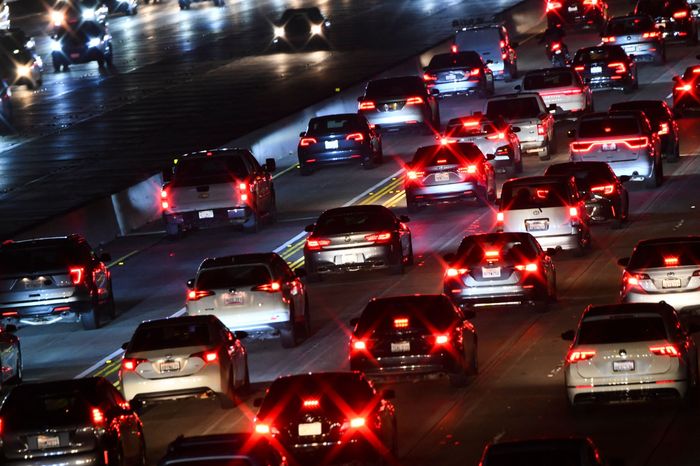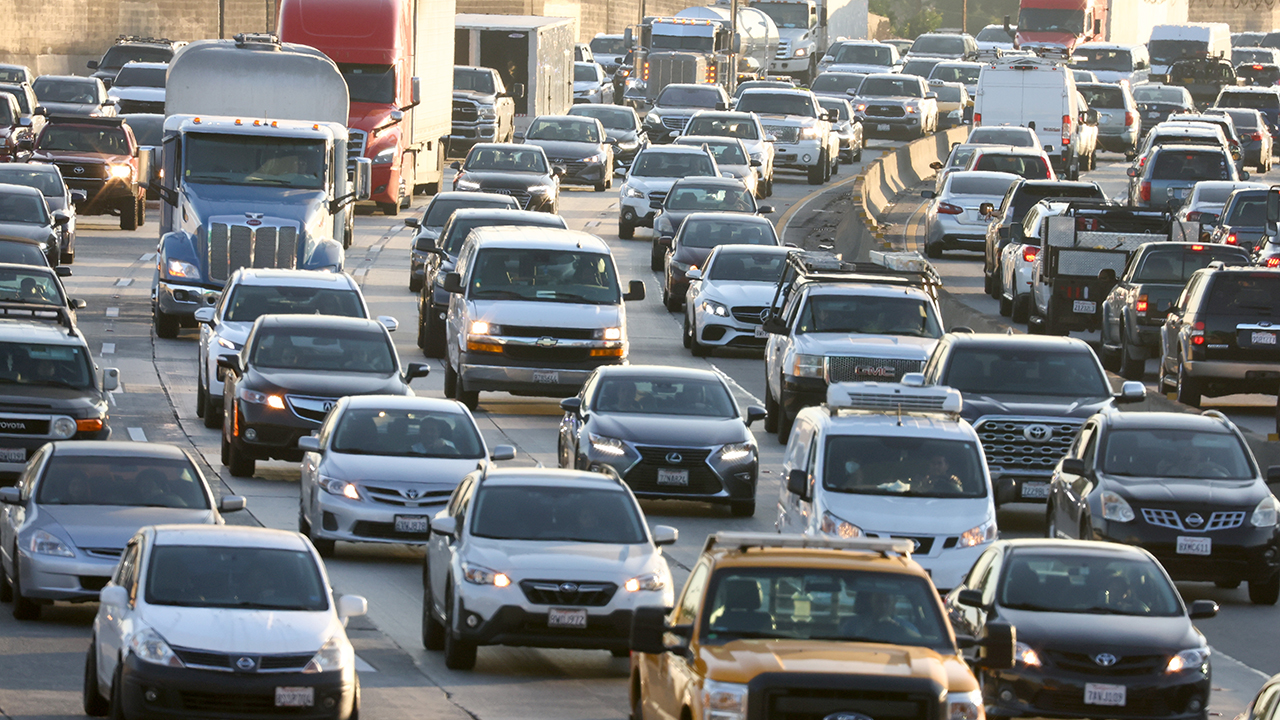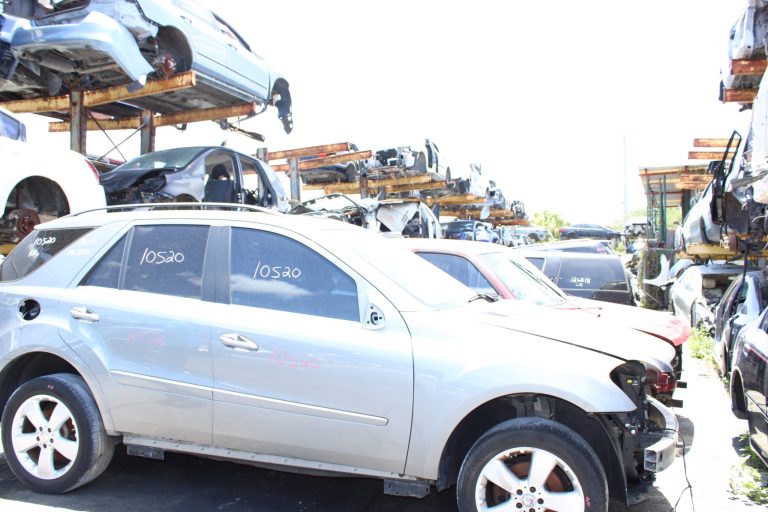Car Insurance Rates By State In 2024
Why do car insurance rates vary so much across the U.S.? From Michigan’s sky-high premiums to Maine’s much lower costs, in this post, we will break down the average car insurance rates for all states. Let’s find out the factors that could be affecting how much you pay and see how your state stacks up against the rest.

Car Insurance Rates By State 2024
Car insurance rates vary greatly depending on the state you live in. Each state has its own set of rules and regulations that determine how much you pay for car insurance. Here we will take a look at the car insurance rates by state for 2024.

| State | Average Annual Premium |
|---|---|
| Alabama | $1,400 |
| Alaska | $1,200 |
| Arizona | $1,300 |
| Arkansas | $1,500 |
| California | $1,800 |
| Colorado | $1,700 |
| Connecticut | $1,600 |
| Delaware | $1,800 |
| Florida | $2,250 |
| Georgia | $1,600 |
| Hawaii | $1,100 |
| Idaho | $1,000 |
| Illinois | $1,200 |
| Indiana | $1,100 |
| Iowa | $1,000 |
| Kansas | $1,400 |
| Kentucky | $1,800 |
| Louisiana | $2,300 |
| Maine | $900 |
| Maryland | $1,500 |
| Massachusetts | $1,300 |
| Michigan | $2,500+ |
| Minnesota | $1,300 |
| Mississippi | $1,600 |
| Missouri | $1,400 |
| Montana | $1,600 |
| Nebraska | $1,200 |
| Nevada | $1,800 |
| New Hampshire | $1,100 |
| New Jersey | $1,900 |
| New Mexico | $1,400 |
| New York | $2,000 |
| North Carolina | $1,100 |
| North Dakota | $1,200 |
| Ohio | $1,000 |
| Oklahoma | $1,600 |
| Oregon | $1,300 |
| Pennsylvania | $1,400 |
| Rhode Island | $2,000 |
| South Carolina | $1,400 |
| South Dakota | $1,300 |
| Tennessee | $1,300 |
| Texas | $1,500 |
| Utah | $1,300 |
| Vermont | $950 |
| Virginia | $1,100 |
| Washington | $1,300 |
| West Virginia | $1,500 |
| Wisconsin | $1,100 |
| Wyoming | $1,300 |
These averages reflect typical premiums but are influenced by many factors, including state regulations, local crime rates, the frequency of natural disasters, and general economic conditions.
Factors Affecting Car Insurance Rates
When it comes to car insurance rates, there are several factors that can influence the price you pay for coverage. Here are some of the most important factors to keep in mind when comparing car insurance rates by state.

1. State Regulations and Laws
Each state has its own regulations and laws when it comes to car insurance. Some states require drivers to carry more coverage than others, which can affect the price of insurance. For example, states with no-fault insurance laws tend to have higher car insurance rates because insurers are required to cover medical expenses regardless of who is at fault in an accident.
2. Average Annual Mileage by State
The average annual mileage driven by drivers in a state can also affect car insurance rates. States with higher average annual mileage tend to have higher rates because there is a greater risk of accidents and higher wear and tear on vehicles. On the other hand, states with lower average annual mileage may have lower rates because there is less risk of accidents and less wear and tear on vehicles.
3. Vehicle Theft Rates by State
The rate of vehicle theft in a state can also affect car insurance rates. States with higher rates of vehicle theft tend to have higher rates because there is a greater risk of theft and damage to vehicles. On the other hand, states with lower rates of vehicle theft may have lower rates because there is less risk of theft and damage to vehicles.
4. Road Safety Statistics by State
The safety of the roads in a state can also affect car insurance rates. States with higher rates of accidents and fatalities tend to have higher rates because there is a greater risk of accidents and damage to vehicles. On the other hand, states with lower rates of accidents and fatalities may have lower rates because there is less risk of accidents and damage to vehicles.
Frequently Asked Questions
How do age and location affect average car insurance rates by state?
Age and location can significantly impact the average car insurance rates by state. Younger drivers are often charged higher premiums because they are considered riskier to insure. Similarly, drivers living in areas with high crime rates or high accident rates may also face higher premiums. Insurance companies also take into account factors such as the make and model of your car, your driving record, and your credit score when determining your premium.
Which states are known to have the lowest car insurance premiums?
States with lower populations and fewer car accidents tend to have lower car insurance premiums. According to recent data, Maine, Iowa, and Virginia are among the states with the lowest average car insurance rates. However, it’s important to note that insurance premiums can vary widely based on individual factors such as age, driving record, and credit score.
In which state is car insurance typically the most expensive, and why?
According to recent data, Michigan is the state with the highest average car insurance rates. There are a few reasons for this, including the state’s no-fault insurance system, which requires drivers to carry a minimum amount of personal injury protection (PIP) coverage. Additionally, Michigan has a high number of uninsured drivers, which can drive up insurance costs for everyone.
Are there any states where car insurance policies are generally more affordable due to specific regulations?
Some states have specific regulations in place that can help make car insurance more affordable. For example, California requires insurance companies to offer a low-cost insurance program for low-income drivers. Similarly, Hawaii has a state-run insurance program that helps ensure all drivers have access to affordable coverage. However, it’s important to note that insurance premiums can still vary widely based on individual factors such as age, driving record, and credit score.

Hi! I’m Larry Gibbs, studying mechanical engineering with a focus on cars. I really love Ferraris and write blog posts about the latest car stuff. When not studying or blogging, I’m usually on a road trip exploring new places. I also enjoy playing football and watching movies. Life’s an adventure, and I’m all about enjoying the ride!






